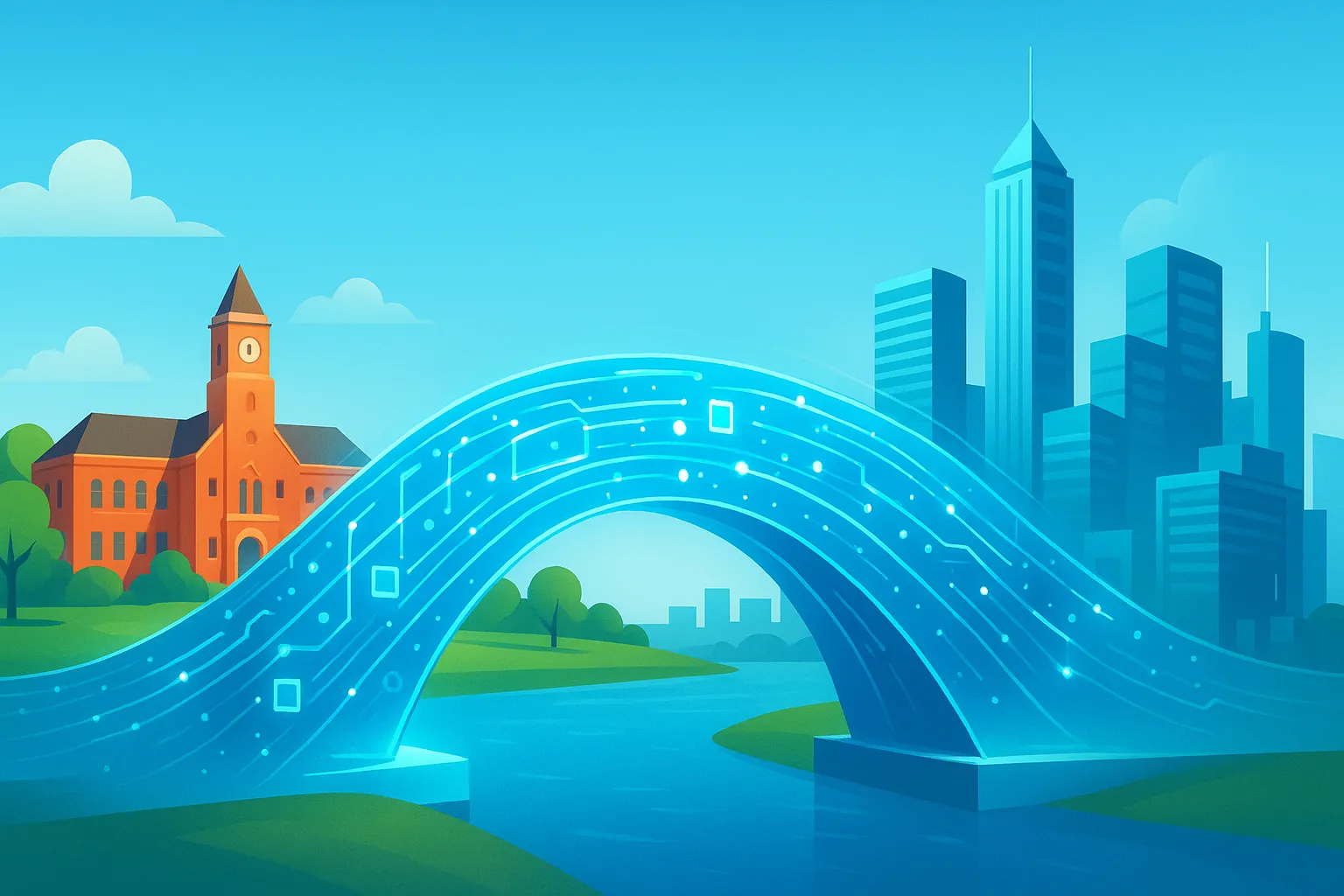Definition: The RWU UAR model is a transformative framework that bridges academic knowledge with real-world application. It empowers students through hands-on research, provides businesses with unified automation tools, and underpins the technical systems that drive modern innovation and efficiency.
In an era defined by rapid technological change and complex global challenges, the traditional silos between academia, industry, and technology are crumbling. A new model is emerging, one that prioritizes application, collaboration, and tangible results over theoretical isolation. At the heart of this shift is a powerful, if ambiguous, concept: RWU UAR. More than just an acronym, RWU UAR represents a transformative philosophy that is reshaping how we educate students, grow businesses, and build the future.
Decoding the RWU UAR Phenomenon
At first glance, RWU UAR can seem confusing. Its meaning is context-dependent, spanning the realms of higher education, business automation, and information technology. However, this very ambiguity is its strength. It signifies a convergent theme: the structured application of knowledge to solve real-world problems with efficiency and purpose.
- In education, RWU can refer to prestigious institutions like Germany’s Reutlingen University of Applied Sciences or the United States’ Roger Williams University. Here, UAR stands for University Applied Research or Undergraduate Academic Research.
- In the business world, particularly in the UK, RWU UAR is a dynamic platform (“Ready When You Are, Unified Automation Resource”) designed to empower startups and SMEs with integrated automation tools.
- For technologists, RWU and UAR are fundamental technical terms—Read/Write Unit and User Access Request—that form the bedrock of data processing and system security.
Despite these different faces, the core principle of RWU UAR remains constant: it’s a bridge. It connects theory with practice, learning with doing, and innovation with implementation. Let’s explore how this model is making waves across these critical sectors.
RWU UAR in Academia: Forging the Next Generation of Innovators
The most profound impact of the RWU UAR model is perhaps felt within the halls of modern universities, where it is redefining the very purpose of a degree.
The German Applied Sciences Powerhouse: Reutlingen University (RWU)
Reutlingen University of Applied Sciences (RWU) is not merely a place of learning; it is a living laboratory for industry. Its origins as a weaving school in 1855 have evolved into a practice-oriented educational powerhouse. At RWU, the curriculum is intrinsically linked to real-world applications. Students of engineering, informatics, and business don’t just read textbooks; they collaborate with companies like Bosch and Daimler on live projects, conduct research in state-of-the-art labs, and complete mandatory internships that often lead directly to employment.
This is where University Applied Research (UAR) comes to life. The research conducted at RWU isn’t intended to gather dust in academic journals. It’s designed to be implemented. Whether the project involves developing AI for predictive maintenance in manufacturing, creating sustainable supply chain solutions, or advancing renewable energy tech, the UAR mandate is clear: deliver practical, scalable solutions that meet immediate industry and societal needs. The university’s network of over 100 global partners ensures that this innovation has a cross-border impact, making RWU a central node in Europe’s industrial ecosystem.
The American Experiential Learning Model: Roger Williams University (RWU)
Across the Atlantic, Roger Williams University (RWU) in Rhode Island embodies a similar spirit through a different cultural lens. As a liberal arts institution, its mission blends professional readiness with civic engagement and social responsibility. The RWU UAR model here is centered on Undergraduate Academic Research (UAR).
At Roger Williams, research isn’t reserved for graduate students. Undergraduates are actively mentored by faculty on groundbreaking projects from their earliest years. A public health student might analyze local community wellness data, while a digital humanities major could develop an interactive archive for a historical society. This UAR framework ensures that academic inquiry extends beyond the lecture hall, empowering students to present at conferences, publish findings, and contribute meaningfully to their communities. The result is a graduate who is not only knowledgeable but also ethically grounded and equipped with proven problem-solving skills.
The Student and Community Impact
The direct beneficiary of the academic RWU UAR model is, unequivocally, the student. They graduate with a portfolio of experience, a professional network, and a demonstrable ability to apply their knowledge. For the surrounding region, universities operating on this framework become engines of economic and social development. Local businesses gain access to cutting-edge R&D and a pipeline of talent, while community challenges—from environmental conservation to public policy—are addressed through academic resources. This symbiotic relationship turns the university from an ivory tower into a community anchor.
RWU UAR in Business: The Automation Engine for Modern Startups
While academia refines the model for education, the business world has co-opted the RWU UAR acronym to represent a powerful tool for operational efficiency. In this context, it stands for “Ready When You Are, Unified Automation Resource.”
This RWU UAR platform is a game-changer for UK-based startups, small businesses, and freelancers. It consolidates the chaotic suite of tools needed to run a modern business—CRM, email marketing, lead scoring, analytics, and campaign management—into a single, user-friendly dashboard. The platform’s AI-driven automation handles repetitive tasks like customer follow-ups and segmentation, freeing up entrepreneurs to focus on strategy and growth.
What makes this business incarnation of RWU UAR so compelling is its targeted design. It’s built with the specific needs of the UK market in mind, offering built-in GDPR compliance, integration with local payment gateways, and support for national business directories. For a small e-commerce store, it can automate the entire customer journey from first visit to post-purchase nurturing. For a digital agency, it can be white-labeled to manage multiple client campaigns seamlessly. In a landscape dominated by complex and expensive enterprise software, RWU UAR offers a path to sophistication without the overhead.
RWU UAR as a Technical Foundation: The Invisible Workhorse
Beneath the user interfaces of the applications we use every day, another form of RWU UAR operates silently. In technical parlance, a Read/Write Unit (RWU) is the component responsible for accessing and modifying data in a storage system. Every time an app saves a file, updates a profile, or logs an event, an RWU is at work.
Simultaneously, a User Access Request (UAR) is the gatekeeper. Whenever you log into a system, the UAR process validates your identity, checks your permissions, and grants you the appropriate level of access. This combination is the bedrock of secure and functional software. If you ever see “RWU UAR” in a system log or a developer console, there’s no need for alarm. It’s typically a sign of normal system operation—a testament to the continuous processes of data handling and security verification that keep our digital world running smoothly.
The Big Picture: Why the RWU UAR Model is Our Future
The various interpretations of RWU UAR are not random; they are symptoms of a larger, global trend. The old models are no longer sufficient. The world needs frameworks that are agile, applied, and collaborative.
The academic RWU UAR model closes the gap between graduation and employment, creating a workforce that is ready to contribute from day one. The business RWU UAR platform democratizes advanced automation, allowing small players to compete with established giants. The technical RWU UAR principles ensure our systems are both powerful and secure.
As we look to the future, the expansion of this model is inevitable. Strategic partnerships between RWU-style institutions across continents will tackle global issues in AI ethics, climate change, and public health. The business tools will become more intelligent, predictive, and integrated. The underlying technology will continue to evolve, enabling ever more complex and secure applications.
Final Thoughts: A Symbol of a New Era
RWU UAR is more than an acronym—it is a symbol of a fundamental shift in how we approach problem-solving. It represents a future where knowledge is not an endpoint but a starting point for action. It champions a world where learning is experiential, business is streamlined, and technology serves a clear, practical purpose.
Understanding the RWU UAR framework is not just an academic exercise; it’s an insight into the mechanics of modern success. Whether you are a student choosing a university, an entrepreneur launching a venture, or a professional navigating the digital landscape, recognizing the power of applied, unified, and resourceful systems is the key to unlocking your own potential and contributing to a smarter, more sustainable world.



